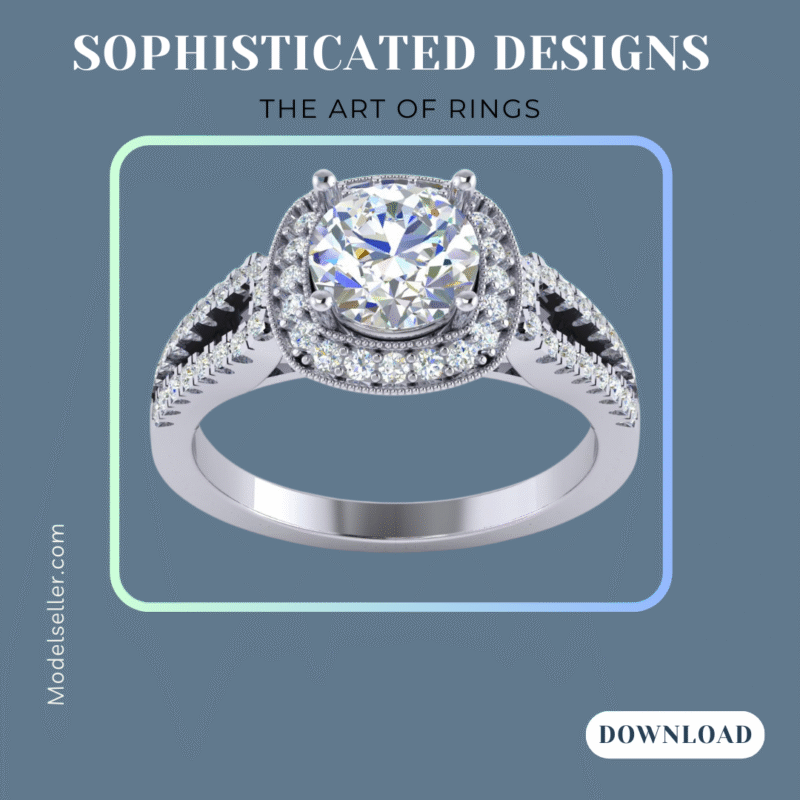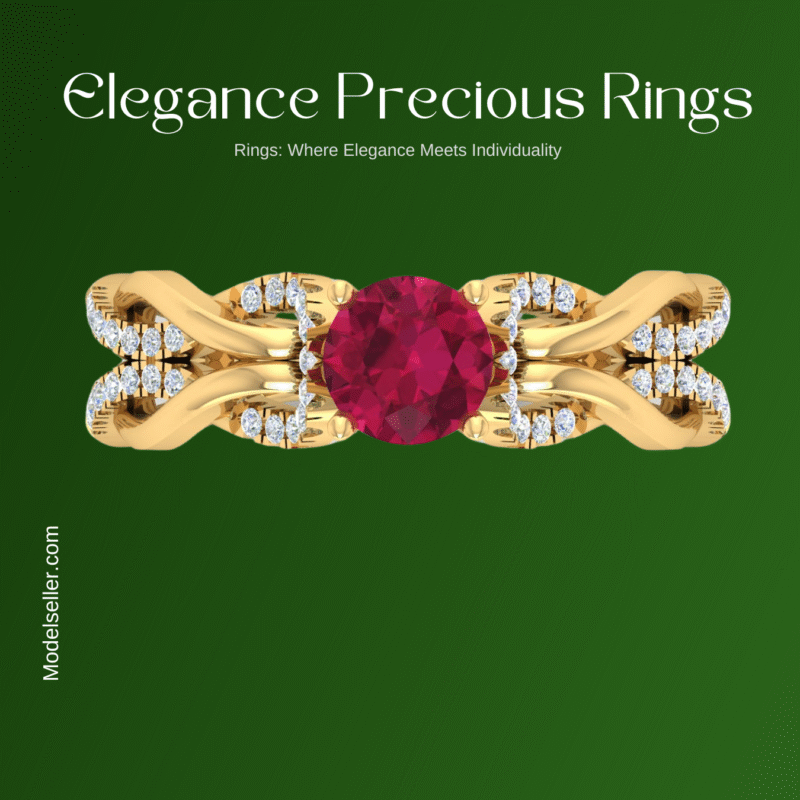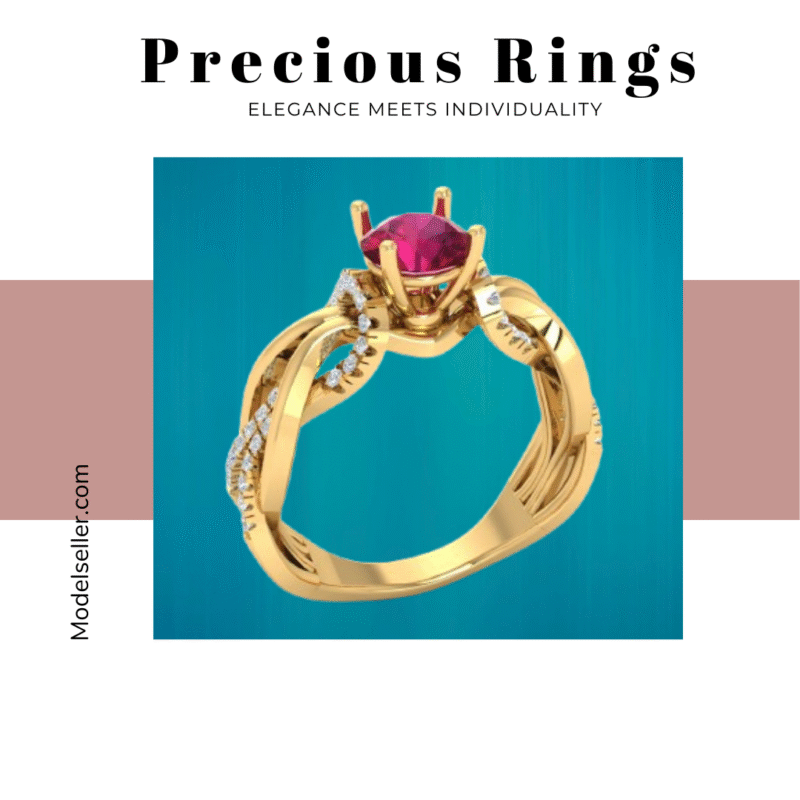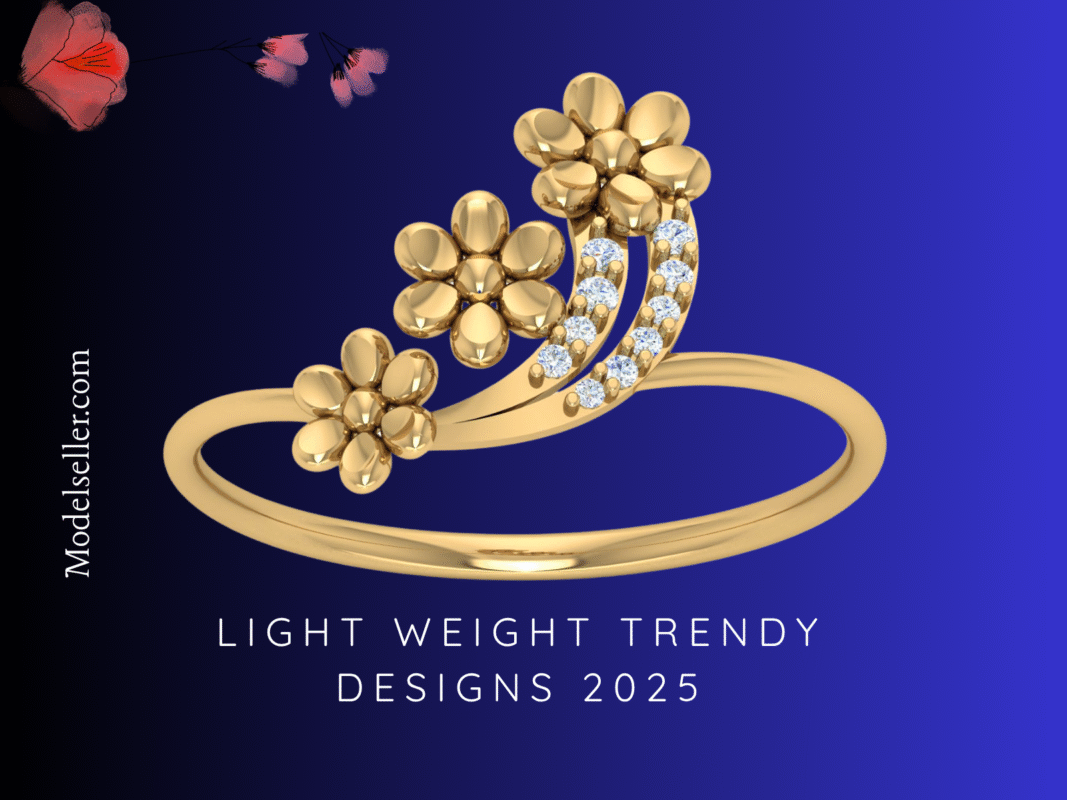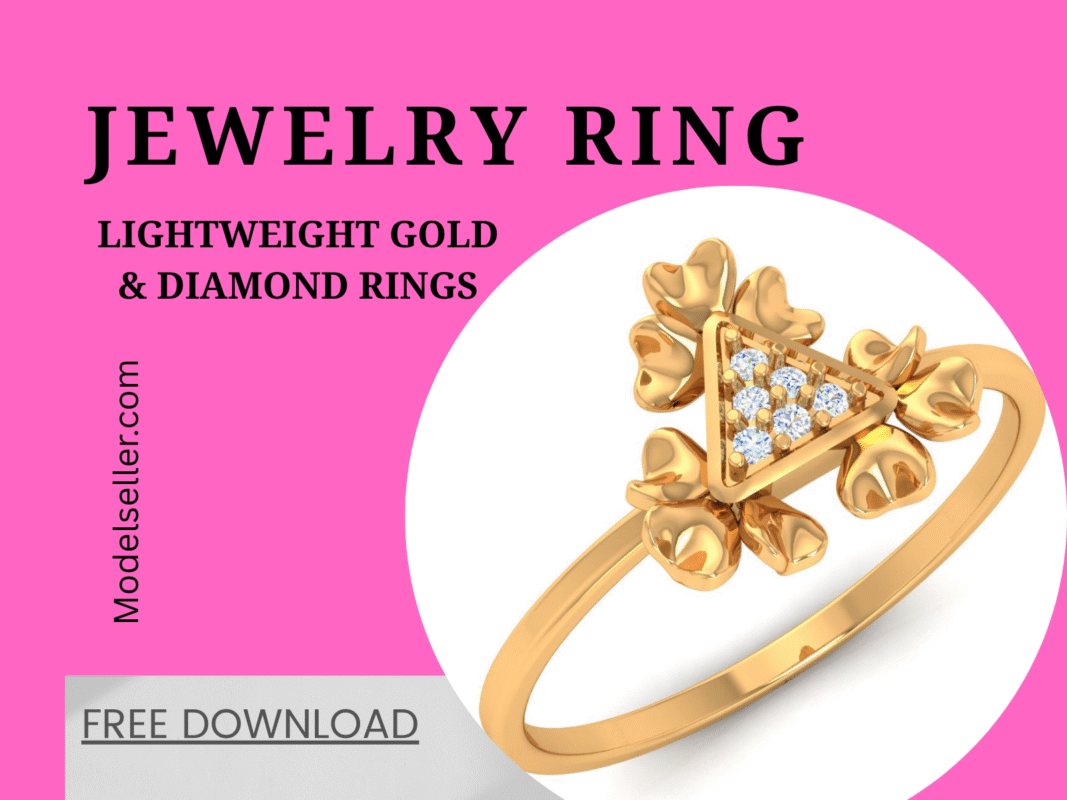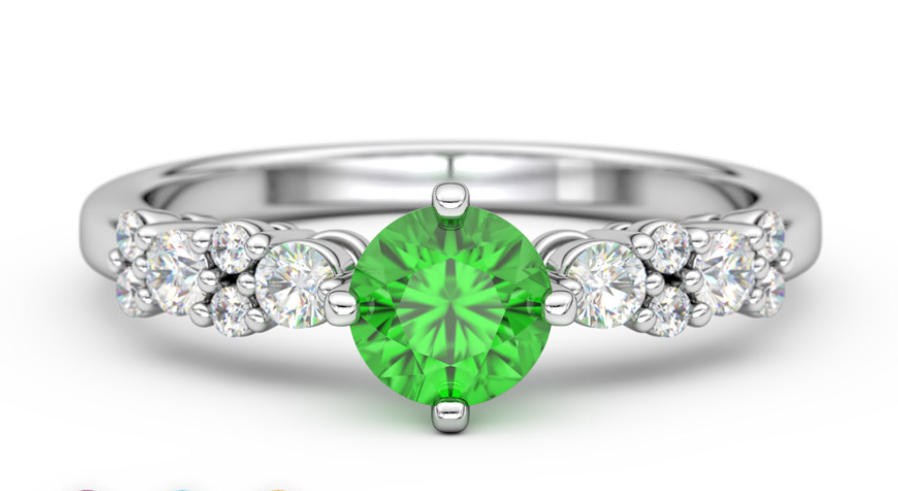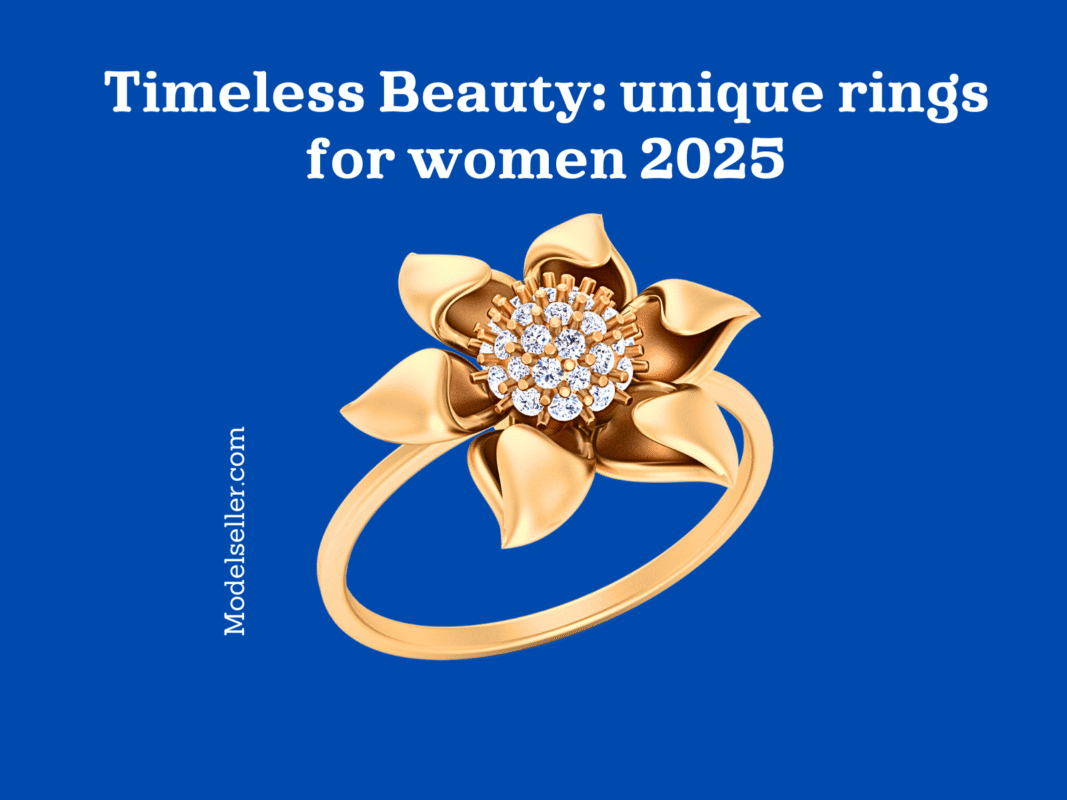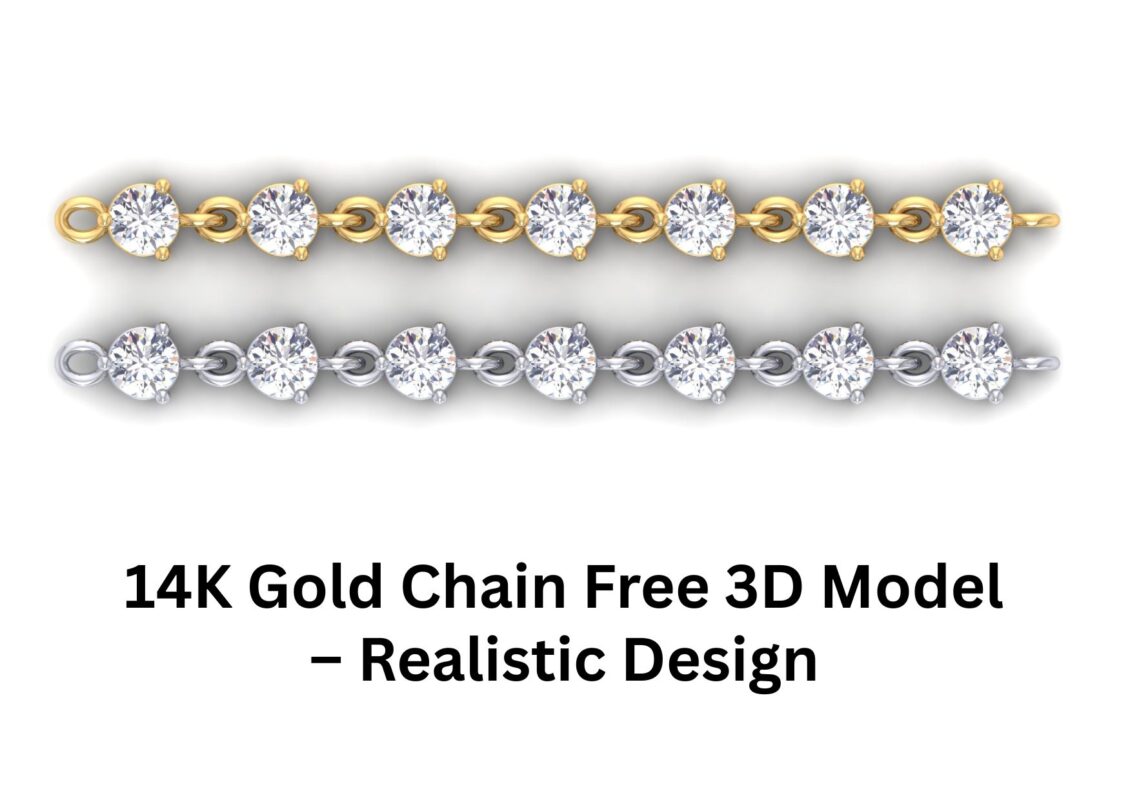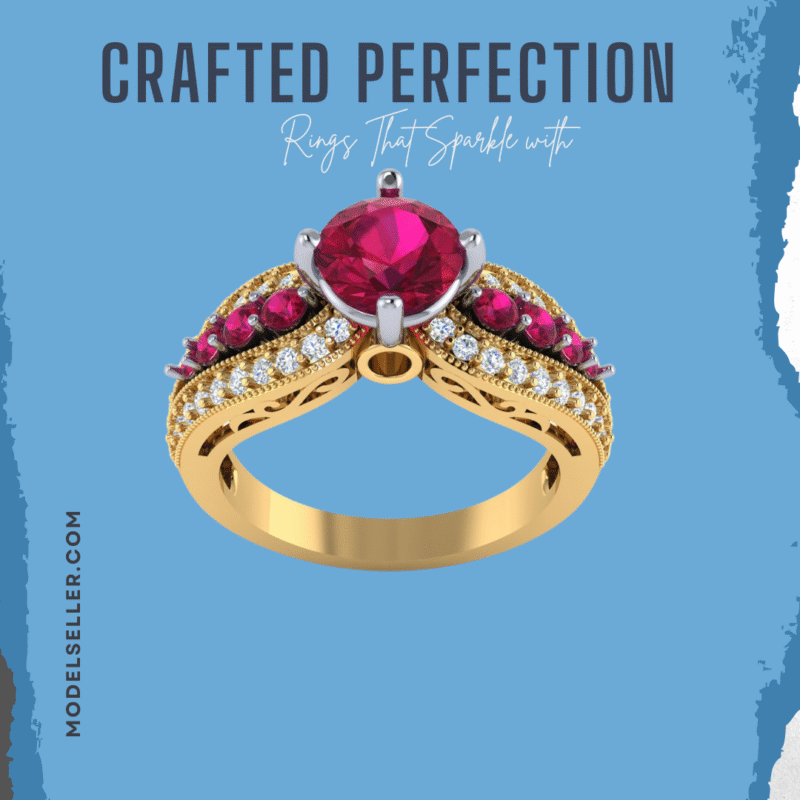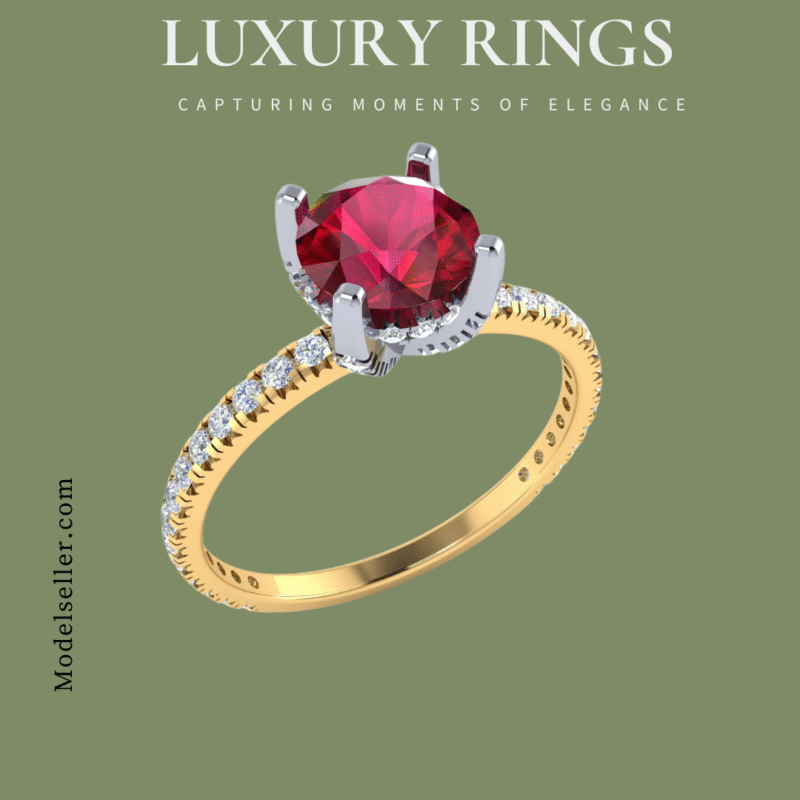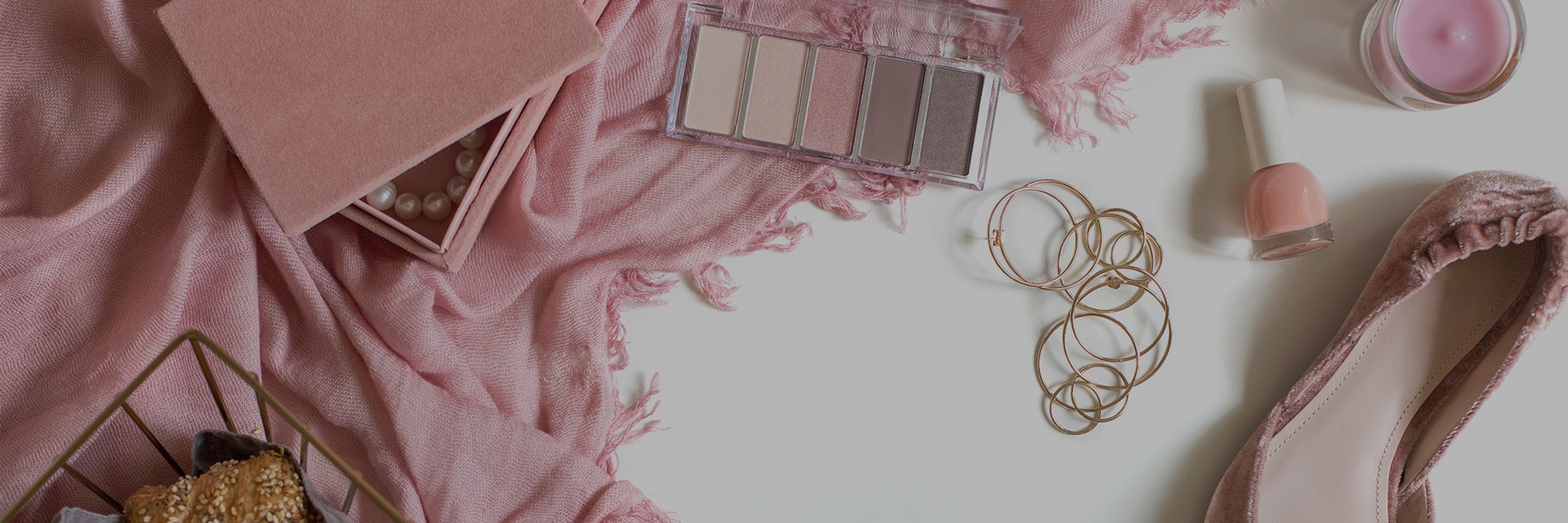
BLOG
Complete Guide to Gold Ring Purity – Shine with 100% Confidence
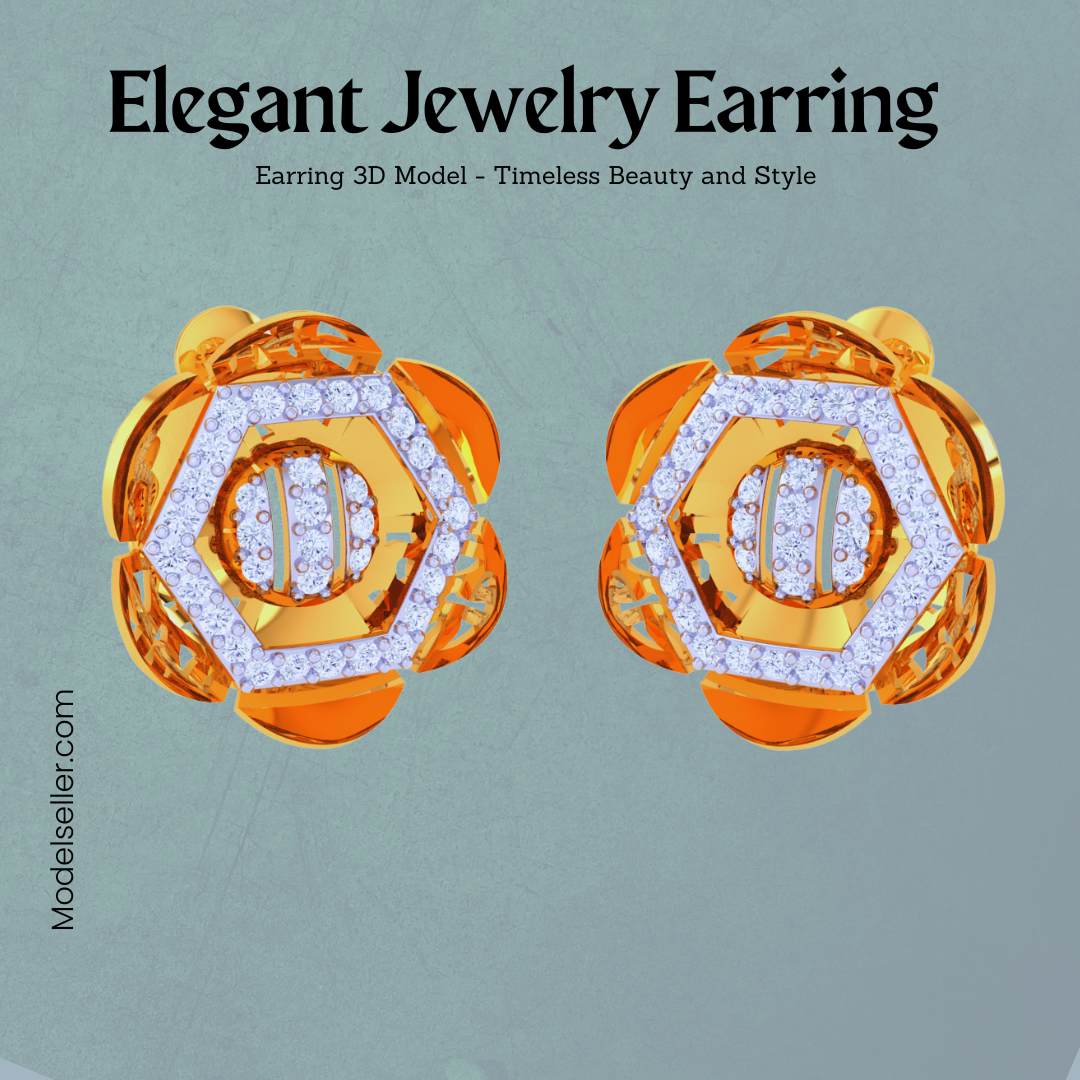
Gold Ring Purity – Shine with 100% Confidence
Complete Guide to Gold Ring Purity – Shine with Confidence
Introduction to Gold Ring Purity
So, you’re planning to buy a gold ring, huh? Or maybe you already own one and are wondering if it’s truly as “pure” as advertised. Either way, understanding gold ring purity isn’t just for jewelers or investors—it’s for anyone who wants to wear their gold with confidence.
Why Purity Matters in Gold Jewelry
Gold ring purity affects everything—price, durability, appearance, and long-term value. A purer ring might shine brighter, but it can also scratch easily. Knowing what you’re buying ensures you’re not only stylish but also smart with your money.
Common Myths Around Gold Purity
Ever heard that 24K gold is the best for everything? Not true. Or that all yellow gold is pure? Another myth. There’s a lot of confusion, and we’re about to clear it all up.
Comprehending Karats in Gold
Beginning with the fundamentals. Gold’s purity is measured in karats which is distinct from carats used to measure the weight of diamonds.
What Does 24K, 22K, 18K, 14K, and 10K Mean?
- 24K Gold – 99.9% pure gold. It’s soft, bright yellow, and rarely used for rings.
- 22K Gold – 91.6% pure. Still soft, but more durable than 24K.
- 18K Gold – Consists of 75% gold and 25 alloyed metals. Stronger than pure gold, more suitable for regular wear.
- 14K Gold – 58.5% gold. Durable and common in engagement rings.
- 10K Gold – 41.7% gold. Affordable and highly durable.
How Karat Affects Durability and Price
Higher karat = more gold = more expensive. But higher karat also means softer metal. If you’re tough on your jewelry, 14K or 18K might be your sweet spot.
How to Identify Real Gold Ring Purity
You don’t need a lab to verify gold, but it helps to know what signs to look for.
The Hallmarking System
Look for stamps like “18K”, “750”, or “916”. These are hallmarks indicating purity. In countries like India, BIS hallmarking is standard.
Testing Methods for Gold Ring Purity
Acid Test
A drop of acid reveals a lot. This is a method of testing jewerly for purity which is commonly utilized by jewelers.
Electronic Testers
Handheld gadgets that give you a reading of gold content. Fast and fairly accurate.
XRF Spectrometer
Super accurate and non-destructive. Used by professionals and gold dealers.
Assessing Purity Levels – Selection Best Suited to You.
Recommended Karat For Rings Worn Daily
18K and 14K are most recommended. They are remarkably enduring and elegant at the same time.Assessing Purity Levels – Selection Best Suited to You.
Recommended Karat For Rings Worn Daily
18K and 14K are most recommended. They are remarkably enduring and elegant at the same time.
Best Karat for Investment
24K or 22K gold holds value well. Ideal if you’re stacking wealth rather than wearing it.
Purity vs. Plating – What’s the Difference?
Gold-Filled vs. Gold-Plated vs. Solid Gold
Gold-Plated: A layer of gold covering a base metal. Decorative, but superficial quality.
- Gold-Plated: A thin layer of gold over base metal. Looks good, wears off fast.
- Gold-Filled: Thicker layer, lasts longer.
- Solid Gold: Pure through and through. Most durable and valuable.
International Gold Purity Standards
Differences by Country
- India: Prefers 22K for jewelry.
- USA & Canada: 14K is most common.
- Europe: 18K is standard for fine jewelry.
Global Hallmarking Laws
Each country has its own gold regulations. Always ask for authenticity certificates.
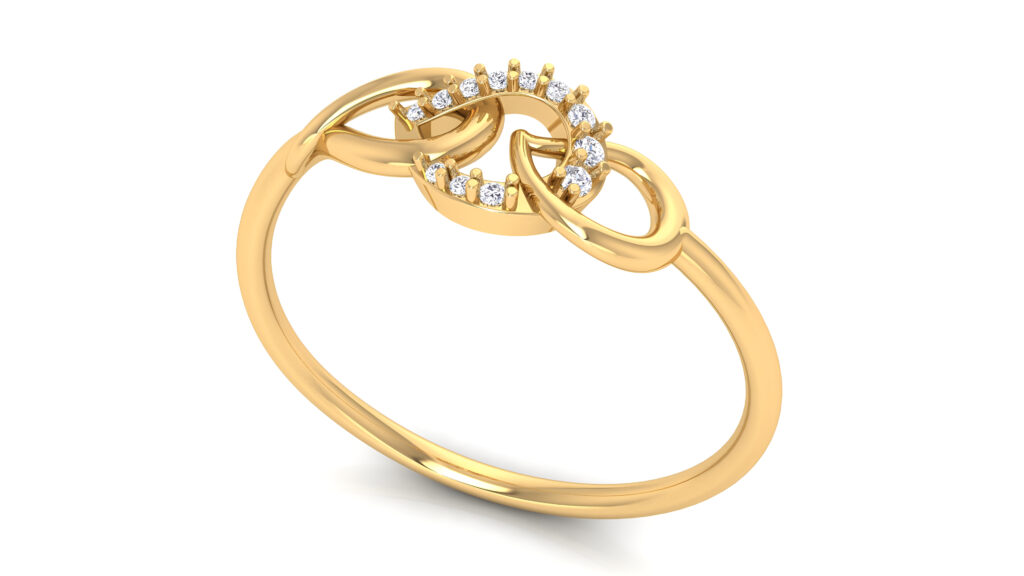
Factors Influencing the Purity Choice
Lifestyle and Usage
Active lifestyle? Avoid soft gold. Choose durability.
Budget Considerations
Lower karat = lower price. 10K or 14K can look just as luxurious with the right design.
Allergies and Skin Sensitivities
Some alloys can cause skin reactions. 18K or higher reduces that risk.
How to Maintain Your Gold Ring Purity and Shine
Cleaning Tips
Warm water + mild soap + soft brush. That’s all you need. Avoid harsh chemicals.
Storage Solutions
To prevent scratches, store individually in soft cloths or pouches.
Red Flags When Buying Gold Rings
How to Spot Fake Gold
No hallmark? Suspiciously cheap? Discoloration? Walk away.
Avoiding Misleading Purity Claims
Ask questions. Demand documentation. Only trust reputed sellers.
Where to Buy Pure Gold Rings Safely
Online vs. Offline Jewelry Stores
Online gives variety; offline lets you feel the ring. Both are safe—if certified.
Certified Jewelers and Trust Factors
Look for BIS, GIA, or other certification bodies. Read reviews. Trust your gut.
Is Higher Purity Always Better?
When Less is More – Durability vs. Purity
24K gold may sound fancy, but for everyday wear, it might be too soft. Sometimes, less gold equals more longevity.
Customizing Your Gold Ring – How Purity Affects Design
Intricate Designs and Karat Limitations
Higher karat gold is softer and doesn’t hold intricate designs well. Jewelers prefer 14K or 18K for custom patterns.
Purity and Resale Value – What You Should Know
How Karat Impacts Buyback Offers
Buyback depends on purity and weight. 24K fetches the best resale, followed by 22K. Lower karats have lower resale.
The Future of Gold Ring Purity – Trends to Watch
Lab Testing Tech
Portable gold testers are getting cheaper and more accurate. Soon, everyone can be a mini gold expert.
Ethical and Sustainable Gold Sourcing
Eco-friendly and conflict-free gold is in demand. Brands now proudly advertise responsibly sourced gold.
Conclusion
Gold ring purity isn’t just about numbers—it’s about lifestyle, investment, and expression. Whetherd non-conflict gold is highly sought. Marketers now openly promote gold that is responsibly sourced.
Conclusion
Gold ring purity isn’t just about numbers—it’s about lifestyle, investment, and expression. Whether

